Overview
Map
Other Details
كنيسة مار تاودوروس الشهيد بحديدات
900
Behdaydat
Jbeil
Mount Lebanon
يعود بناء الكنيسة للقرن العاشر، تحتوي على مجموعة جدرانيّات تعود إلى القرون الوسطى. هي من أكثر الكنائس المحافظة على طابعها الأول هندسةً، وتُجسّد الجدرانيّات التي زيَّنتها منذ القرن الثالث عشر، موضوعاتٍ من العهدين القديم والجديد.تُجسّد الجدرانية قصَّة الخلاص المقسومة الى جزءين: الأوّل إلى الناحية اليمنى يُمثّل يدَي الربّ وموسى يتلقّى منهما الوصايا العشر، والى الناحية اليسرى ذبيحة النبي إبراهيم، وما بين الإثنين رسمٌ لعمانوئيل وسط القمر والشمس. والثاني الى اليمين يمثّل بِشارة العذراء، يليه رسم للنبي دانيال، ومار إسطفان. على الحائط الشماليّ صورة مار تاودروس، وعلى الحائط الجنوبيّ صورة القديس جاورجيوس. في الوسط ايقونة الشفاعة مع الملائكة وعلى مستوى المذبح صف الرسل الإثنا عشر.The church was built during the tenth century, and contains a collection of medieval Syriac frescoes. It is one of the most preserved churches architecturally. The church was covered with frescos dating back to the 13th century and depicting themes from the Old and the New Testament. The main fresco represents on the right side the hand of God giving Moses the ten commandments, on the left the sacrifice of Abraham. In the middle is Emmanuel between the sun and the moon. The second part depicts the Annunciation, prophet Daniel, and Stephen the Protomartyr. On the northern wall one can find St Theodorus, and St George on the southern. In the main apse is the Deisis with angels, below it the row of the twelve apostles
Visited 1473 times, 3 Visits today

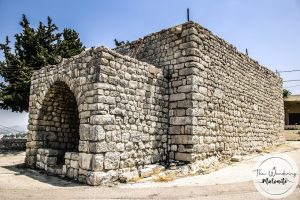
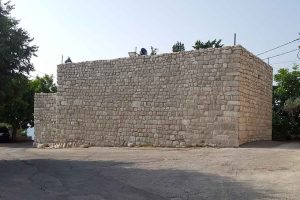
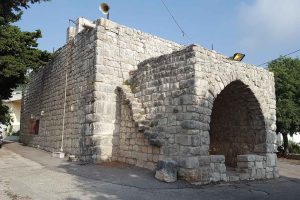


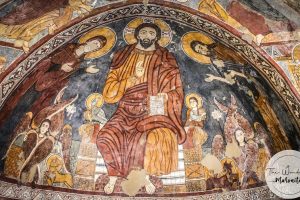


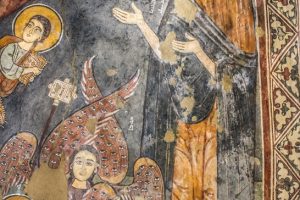
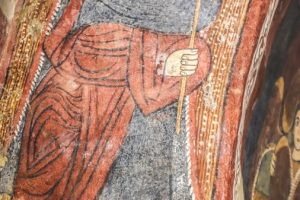



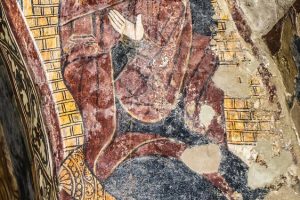

















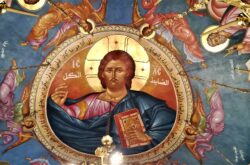

Reviews are disabled, but trackbacks and pingbacks are open.